20 quirky photogenic places to shoot April 2024’s Great American Eclipse
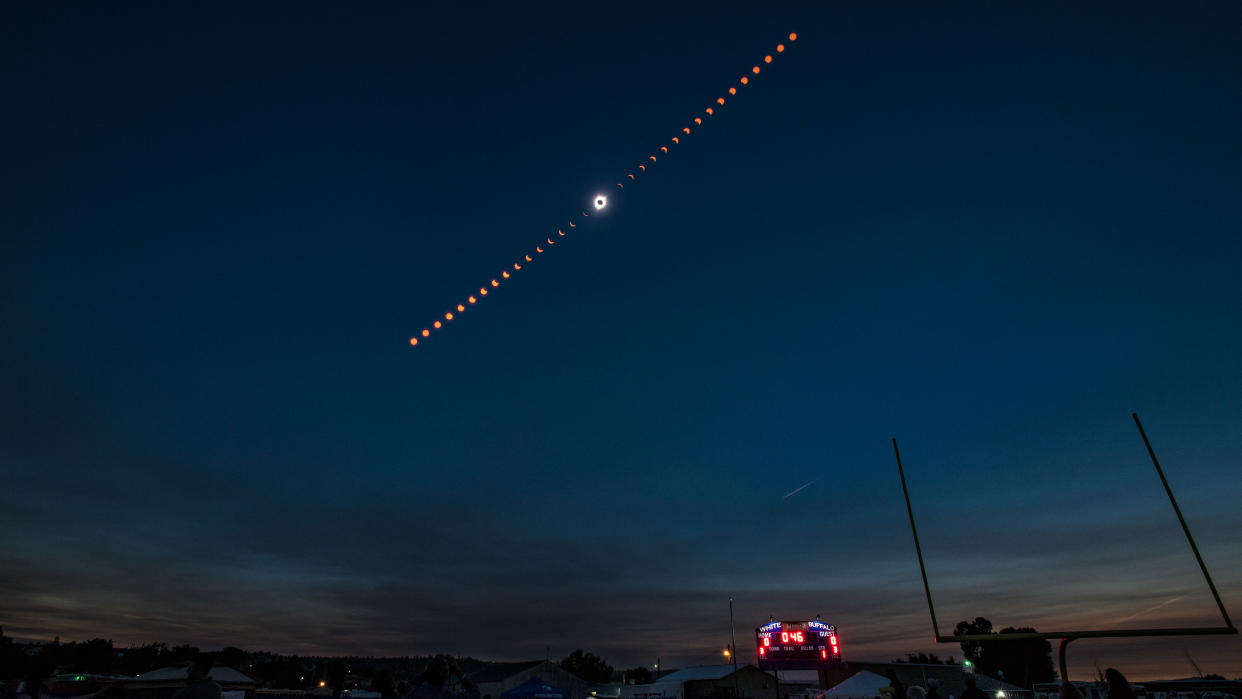
Where will you be on Monday, April 8, 2024, for the Great North American Eclipse? On that date will occur the longest total solar eclipse on land for over a decade, at over four minutes. It’s a true landmark moment for North America – Mexico, the US and Canada – and it will be photographed like no other ever has been.
The second in the US in seven years, but the last major one until 2045, this is a rare and storied event; any one place on the planet experiences totality around once in every 375 years. America is living through a golden age of solar eclipses, but 2024’s event is destined to be one of the biggest events in modern times.
Back on August 21 2017, a total solar eclipse was visible from coast to coast from within a narrow and mostly remote path of totality where about 12 million people lived. In 2024, 32 million people will have a totality visit them and this time the path is both wider and passes more closely to big population centers in the US and Canada.
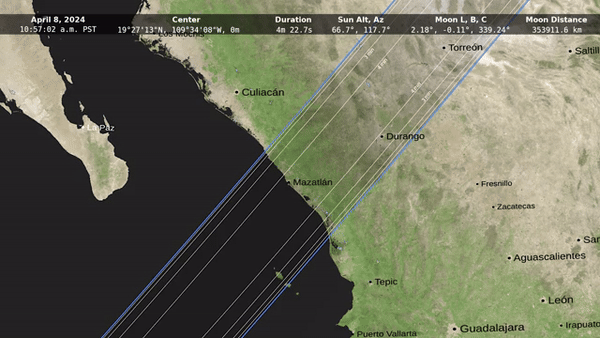
The close-up shot of the sun’s corona can be taken from anywhere there are clear skies, but the most memorable shots from total solar eclipses are wide-angle shots that put the celestial event in context and capture something of the weird light.
Although clear weather is the most important thing on eclipse day, photographers of all kinds will scramble to select a unique photogenic setting. Always scope out a location well before eclipse day and make use of tools like PhotoPills, Google Earth and Peak Finder to check angles and sight lines. This interactive Google Map of the eclipse is useful, as is this database of the exact eclipse schedules for any location and this simulation of what the eclipse will look like.
Related: How to photograph 2024's 'Great North American Eclipse'
Here are some quirky locations to consider, chronologically from southwest to northeast – and all within the path of totality:
1: El Faro de Mazatlán, Mazatlán, Sinaloa, Mexico
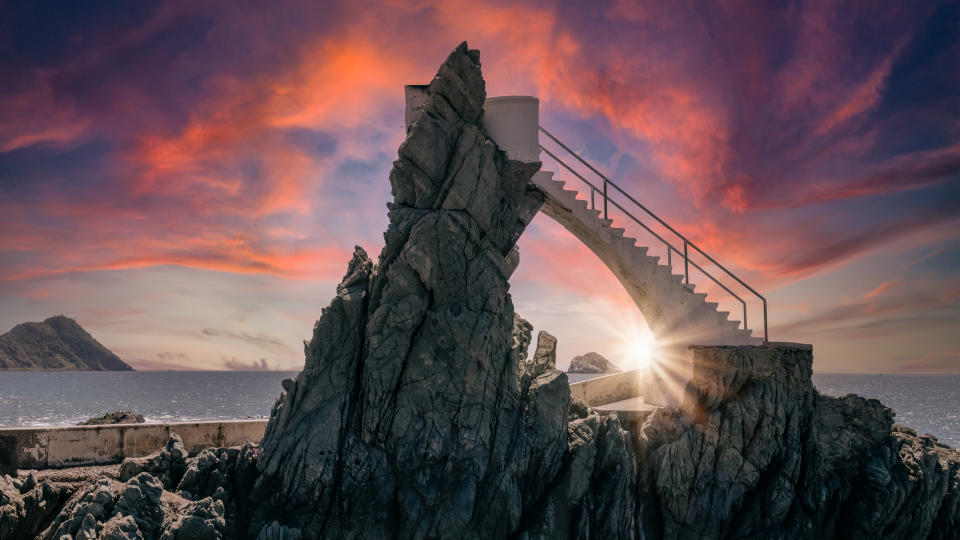
Local time/duration of totality: 11:07 a.m. MST/4 mins 18 secs
Position of sun: 69º above the southeast horizon
Mazatlán will be teeming with eclipse-chasers from across the globe on April 8, 2024. The highest point in the city on Cerro del Creston offers panoramic views of one of the highest lighthouses in the world. Source: Atlas Obscura
2: Cristos de las Noas, Torreón, Coahuila, México
Local time/duration of totality: 12:16 p.m. CST/4 mins 12 secs
Position of sun: 70º above the southeast horizon
A symbol of the state of Coahuila in Mexico, this star – the work of artist Vladimir Alvarado – reaches almost 22 meters, making it the third tallest statue of Christ in Latin America. It’s southeast of the city center. Source: Field Guide to the 2023 and 2024 Solar Eclipses
3: Poza Azules, Cuatrociénegas Biosphere Reserve, Coahuila, Mexico
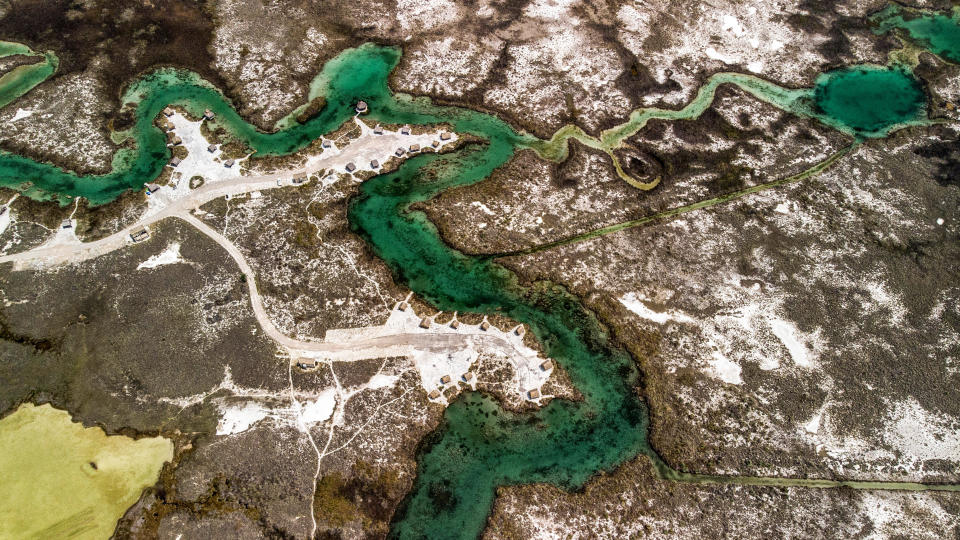
Local time/duration of totality: 12:21 p.m. CST/4 mins 15 secs
Position of sun: 69.5º above the south-southeast horizon
This wetland close to the town of Cuatrociénegas has ponds fed by springs formed by a unique cave system. They’re known for their bright turquoise water, the best of which is Poza Azules.
4: Lupe The Big Mosaic Fish, Kerrville, Texas, US
Local time/duration of totality: 1:32 p.m. CDT/4 mins 23 secs
Position of sun: 67º above the southern horizon
This sculpture of a Guadalupe bass – the state fish of Texas – installed in Louise Hays Park in Kerrville is covered by hundreds of mosaic tiles. It looks ripe for an image that makes it seem to be swallowing the eclipsed sun. Source: Roadside America
5: Easter Island Moai and Stonehenge replicas, Ingram, Texas, US
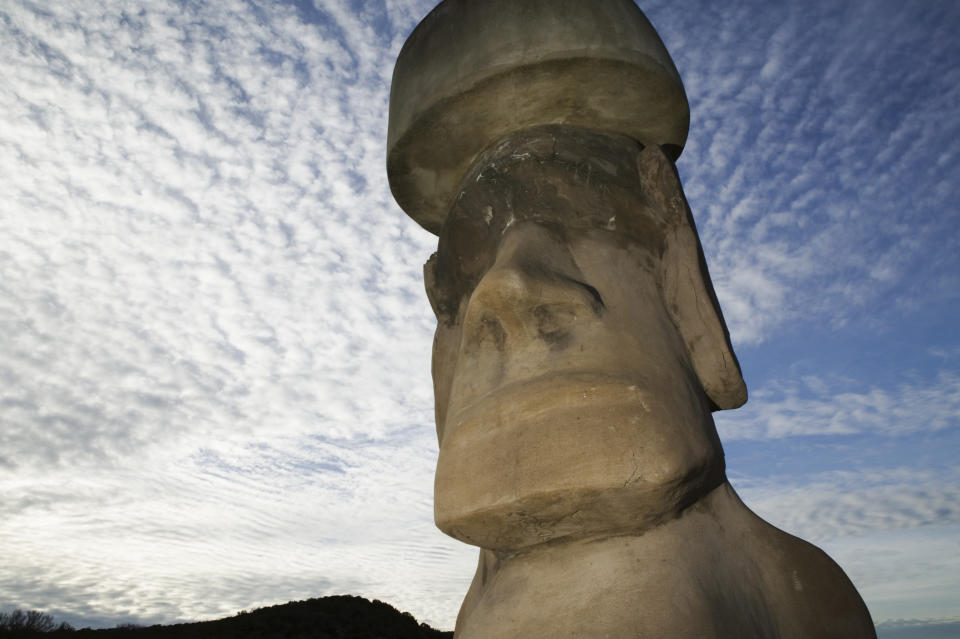
Local time/duration of totality: 1:31 p.m. CDT/4 mins 25 secs
Position of sun: 67º above the southern horizon
In the year 2600, Stonehenge in the UK will have a fabulously photogenic total solar eclipse just an hour after sunrise. So the only option for a Neolithic eclipse in this lifetime is to head to Stonehenge II, a mock-up in Texas Hills Country that’s right on the centreline. An Easter Island moai figure stands beside it. There’s an eclipse event planned.
6: Colossal Robotic Hand, Johnson City, Texas, US
Local time/duration of totality: 1:33 p.m. CDT/ 4 mins 1 secs
Position of sun: 67º above the southern horizon
If you want to touch the sky then try framing the eclipse with this 30-foot-tall stainless steel hand, which sits in the Science & Art Park at the Science Mill. Source: Roadside America
7: World’s Largest Spur, Lampasas, Texas, US
Local time/duration of totality: 1:35 p.m. CDT/4 mins 24 secs
Position of sun: 66º above the southern horizon
Back in 2017, ex-NASA eclipse expert and ace eclipse photographer Fred Espenak imaged totality above a huge dinosaur statue in Wyoming. For Texas, the iconic shot has to be cowboy-related – and here’s the world’s largest spur in Texas Hill Country. Source: Atlas Obscura
8: Dinosaur Valley State Park, Glen Rose, Texas, US
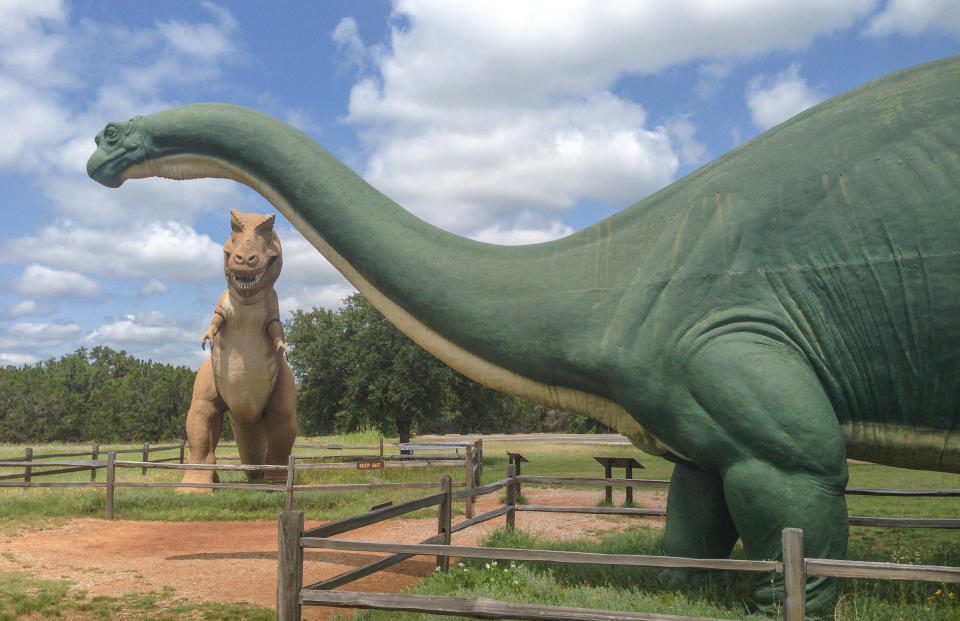
Local time/duration of totality: 1:38 p.m. CDT/3 mins
Position of sun: 65º above the southern horizon
If you want to emulate the Eclipsosaurus Rex image from 2017 then try Dinosaur Valley State Park in Texas, which has fossilized footprints along a river and two life-sized dinosaur models. Source: Atlas Obscura
9: Man With a Briefcase, Fort Worth, Texas, US
Local time/duration of totality: 1:40 p.m. CDT/2 mins 36 secs
Position of sun: 65º above the southern horizon
This 50-foot tall brushed aluminum sculpture of a man holding a briefcase is by artist Jonathan Borofsky. It’s a landmark at the western entrance to downtown Fort Worth. Source: Atlas Obscura
10: Giant Eyeball, Dallas, Texas, US
Local time/duration of totality: 1:40pm CDT/3 mins 48 secs
Position of sun: 65º above the southern horizon
Come for the 30-foot sculpture of an eye and stay for the weird light – and a reflection of an eclipsed sun – on the many mirrored skyscrapers of Dallas’ CBD. It’s so rare for a total solar eclipse to occur over such a big city as Dallas.
11
11: The Traveling Man, Dallas, Texas, US
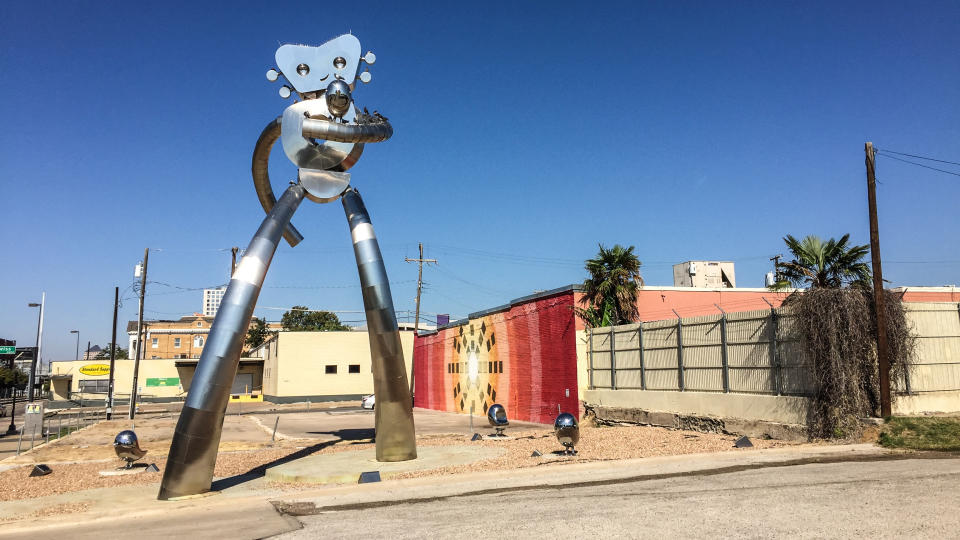
Local time/duration of totality: 1:40pm CDT/3 mins 48 secs
Position of sun: 65º above the southern horizon
This series of three metal sculptures depicting robots accompanied by birds in the Deep Ellum neighborhood of Dallas could make a wonderful foreground. There’s one right outside the Deep Vellum light rail station. Source: Atlas Obscura
12: The Texas Woofus, Dallas, Texas, US
Local time/duration of totality: 1:40 p.m. CDT/3 mins 52 secs
Position of sun: 65º above the southern horizon
This weird and wonderful chimera sculpture in the Fair Park grounds depicts a Woofus, a mythical animal that has elements of a horse, turkey, pig, duck, sheep and Texas longhorn cattle. Source: Atlas Obscura
13: The Futuro House, Royse City, Texas, US
Local time/duration of totality: 1:41 p.m. CDT/4 mins 13 secs
Position of sun: 64º above the southern horizon
Designed in the 1960s as a low-cost prefabricated ‘ski chalet’ holiday home, one of the last Futuro Houses now sits alone in a field in Texas. Source: Atlas Obscura
14: Texas Eiffel Tower, Paris, Texas
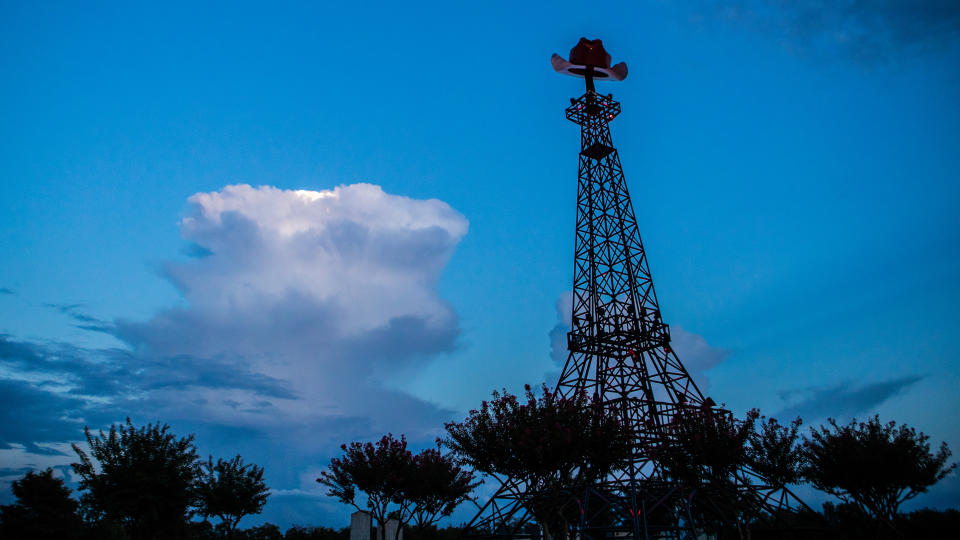
Local time/duration of totality: 1:44 p.m. CDT/4 mins 3 secs
Position of sun: 63º above the southern horizon
Complete with a red cowboy hat on top, this 60-foot replica of Gustav Eiffel’s masterpiece in the French capital is about as Texan a symbol as it gets. The real Eiffel Tower won’t get totality until 2081. Source: Atlas Obscura
15: Paragould War Memorial, Paragould, Arkansas, US
Local time/duration of totality: 1:56 p.m. CDT/2 mins 46 secs
Position of sun: 59º above the southern horizon
You’ll find this scaled-down bronze replica of the Statue of Liberty – which won’t see a total solar eclipse until 2079 – in Courthouse Park near the Greene County Courthouse in Paragould, Arkansas. It’s been here since 1920. Source: Atlas Obscura
16: Bald Knob Cross of Peace, Alto Pass, Illinois, US
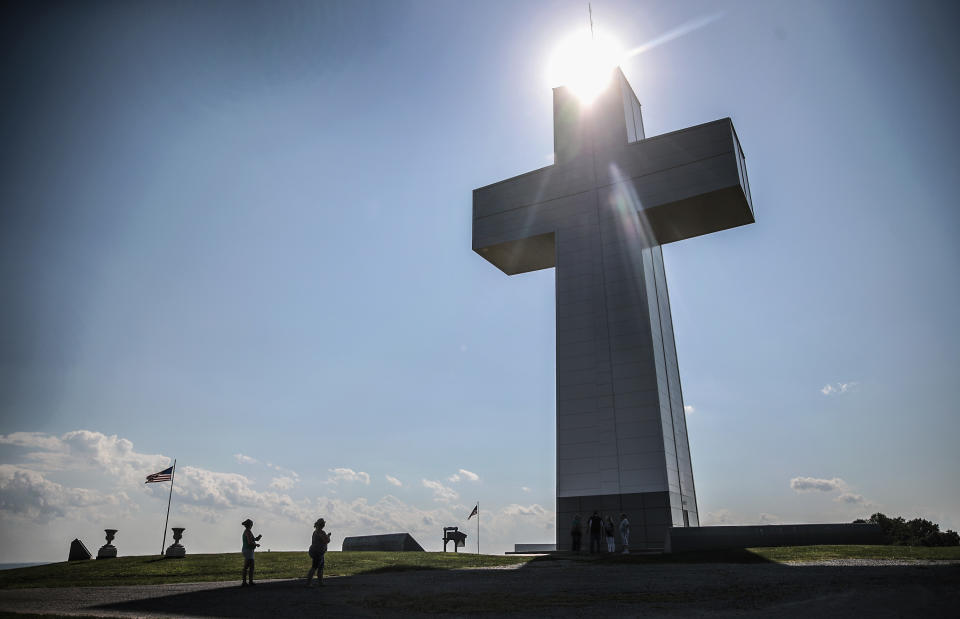
Local time/duration of totality: 1:58 p.m. CDT/2 mins 46 secs
Position of sun: 57º above the southern horizon
On August 21, 2017 this 34 meters tall cross saw 2 minutes 39 seconds totality and had a roped-off area specifically for photographers. It’s happening again, but you’ll need a ticket.
17: George Harrison Commemorative Mural, Benton, Illinois, US
Local time/duration of totality: 2:00 p.m. CDT/4 mins 4 secs
Position of sun: 56º above the southern horizon
For a bizarre backdrop try this mural of the guitarist from The Beatles, who used to make anonymous trips here in the 1960s to see his sister. It’s on the airport access lane. Source: Atlas Obscura
18: Indianapolis Motor Speedway, Indianapolis, Indiana, US
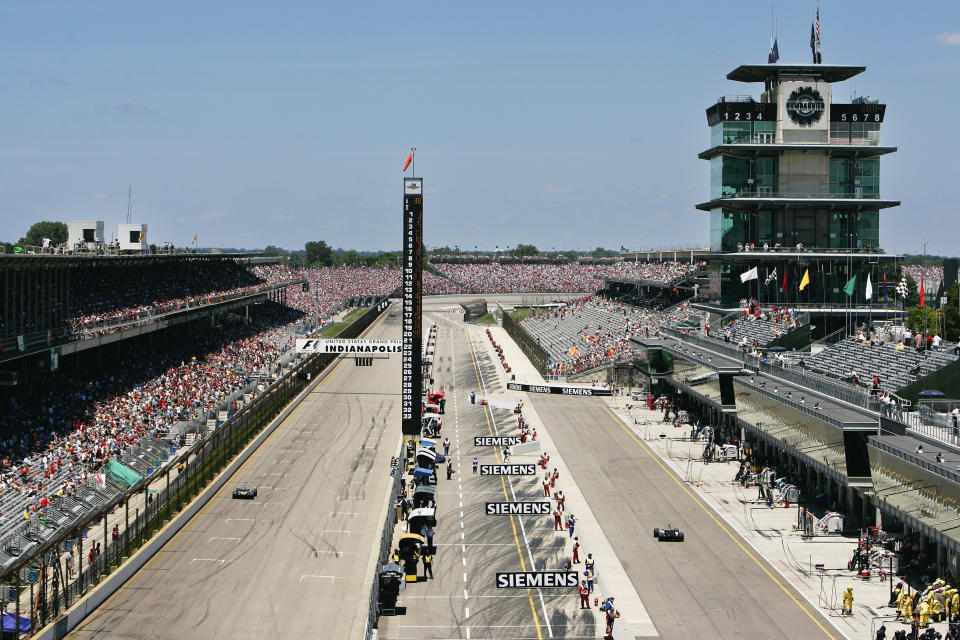
Local time/duration of totality: 3:18 p.m. EDT/3 mins 39 secs
Position of sun: 53º above the southern horizon
If you want photos of crowds enjoying totality there there will be few better places to be than the 250,000-capacity Indianapolis Motor Speedway, which is planning on staging a huge eclipse observing event. NASA will be live-streaming.
19: Niagara Falls, Ontario, Canada
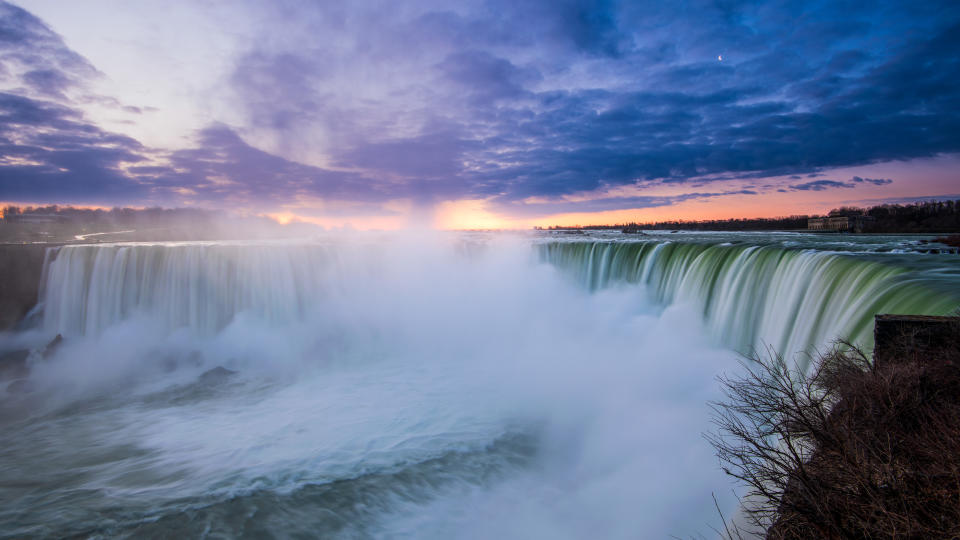
Local time/duration of totality: 3:18pm EDT/3 mins 29 secs
Position of sun: 46º above the southern horizon
Straddling the border between New York and Canada, the eclipse will be best seen and imaged from the Canadian side, on the Niagara River’s western shore overlooking the Horseshoe Falls.
20: Trois disques, Chemin Du Haut-Contour, Montreal, Quebec, Canada
Local time/duration of totality: 3:26 p.m. EDT/1 min 17 secs
Position of sun: 40º above the southern horizon
Montreal is close to the northern edge of the path of totality, but the sharp points of this huge sculpture dating back to 1962 could frame an eclipsed sun much lower in the sky than in the Midwest and Texas.
Jamie Carter is the Editor of WhenIsTheNextEclipse.com and author of The Complete Guide To The Great North American Eclipse of April 8, 2024

